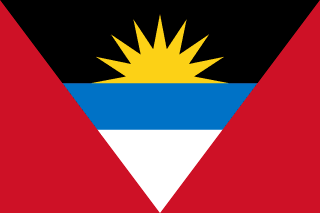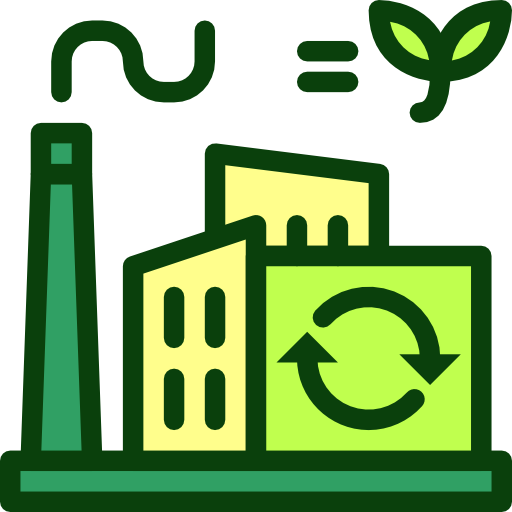Antigua and Barbuda - Environment

As far as the environment of Antigua and Barbuda is concerned, there have been . As for nvironment - international agreements, we have; .
About the environment of Antigua and Barbuda
| Climate | We have tropical maritime; little seasonal temperature variation |
|---|---|
| Revenue from forest resources | |
| Revenue from coal | |
| Waste and recycling | Municipal solid waste generated annually: 30,600 tons (2024 est.) |
| Total renewable water resources | 52 million cubic meters (2022) |
| Major rivers (by length in km) | |
| Total water withdrawal | |
| Municipal | 7.2 million cubic meters (2022 est.) |
| Industrial | 2.5 million cubic meters (2022 est.) |
| Agricultural | 1.8 million cubic meters (2022 est.) |
| Land Use | |
| Agricultural land | 20.5% (2023 est.) |
| Agricultural land: arable land | arable land: 9.1% (2023 est.) |
| Agricultural land: permanent crops | permanent crops: 2.3% (2023 est.) |
| Agricultural land: permanent pasture | permanent pasture: 9.1% (2023 est.) |
| Forest | 18% (2023 est.) |
| Other | 61.5% (2023 est.) |
| Urbanization | |
| Urban population | 24.3% of total population (2023) |
| Rate of urbanization | 0.87% annual rate of change (2020-25 est.) |
| Major urban areas (Pop) | 21,000 SAINT JOHN'S (capital) (2018). |
All Important Facts about Antigua and Barbuda
Want to know more about Antigua and Barbuda? Check all different factbooks for Antigua and Barbuda below.
-
 Antigua and Barbuda Factbook
Antigua and Barbuda Factbook
-
 The Economy of Antigua and Barbuda
The Economy of Antigua and Barbuda
-
 Learn about the Government of Antigua and Barbuda
Learn about the Government of Antigua and Barbuda
-
 Communication in Antigua and Barbuda
Communication in Antigua and Barbuda
-
 Popular Universities in Antigua and Barbuda
Popular Universities in Antigua and Barbuda
-
 Enerny in Antigua and Barbuda
Enerny in Antigua and Barbuda
-
 Transport in Antigua and Barbuda
Transport in Antigua and Barbuda
-
 The Geography and society of Antigua and Barbuda
The Geography and society of Antigua and Barbuda
-
 The Environment of Antigua and Barbuda
The Environment of Antigua and Barbuda
-
 Military and security in Antigua and Barbuda
Military and security in Antigua and Barbuda